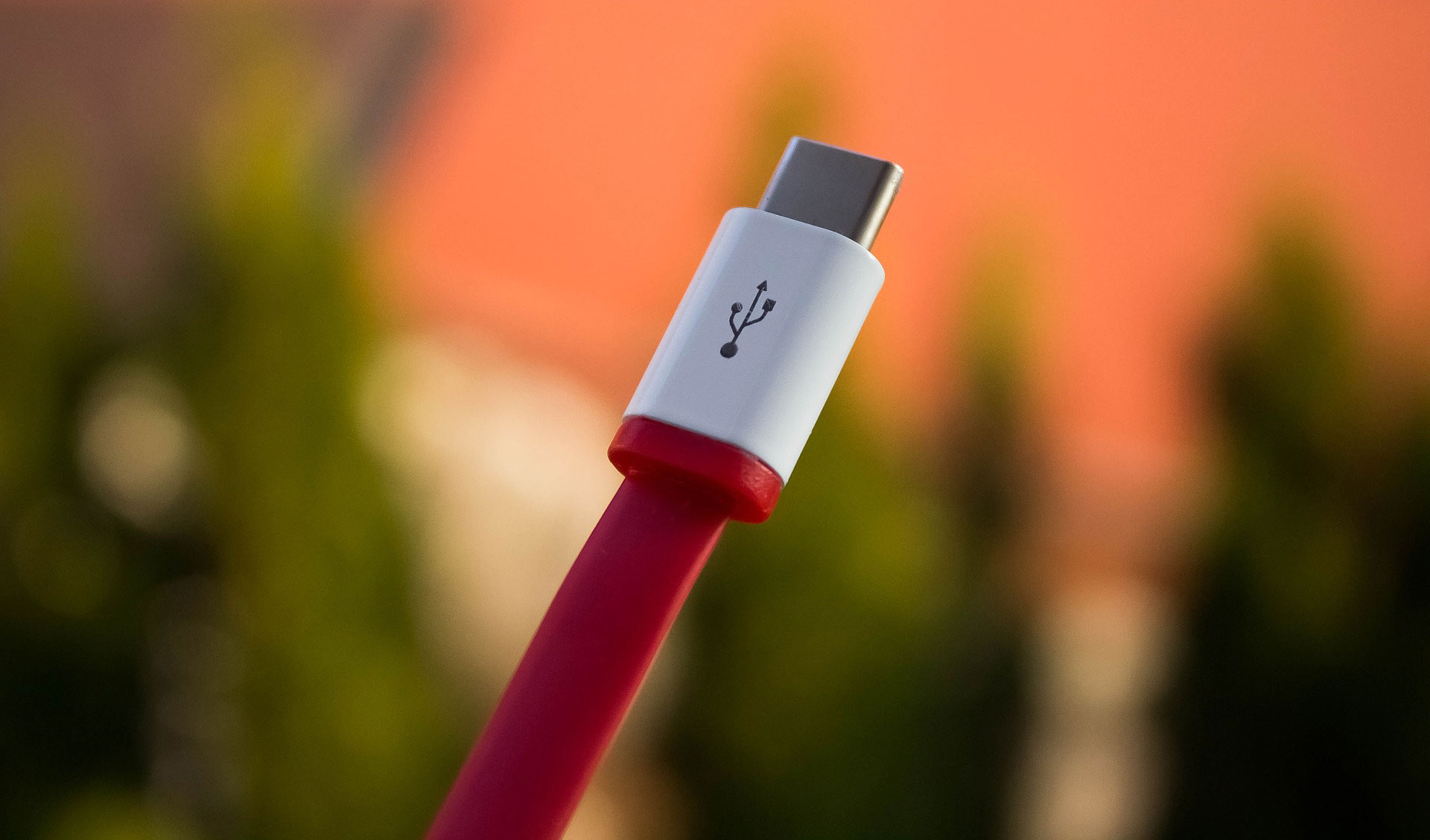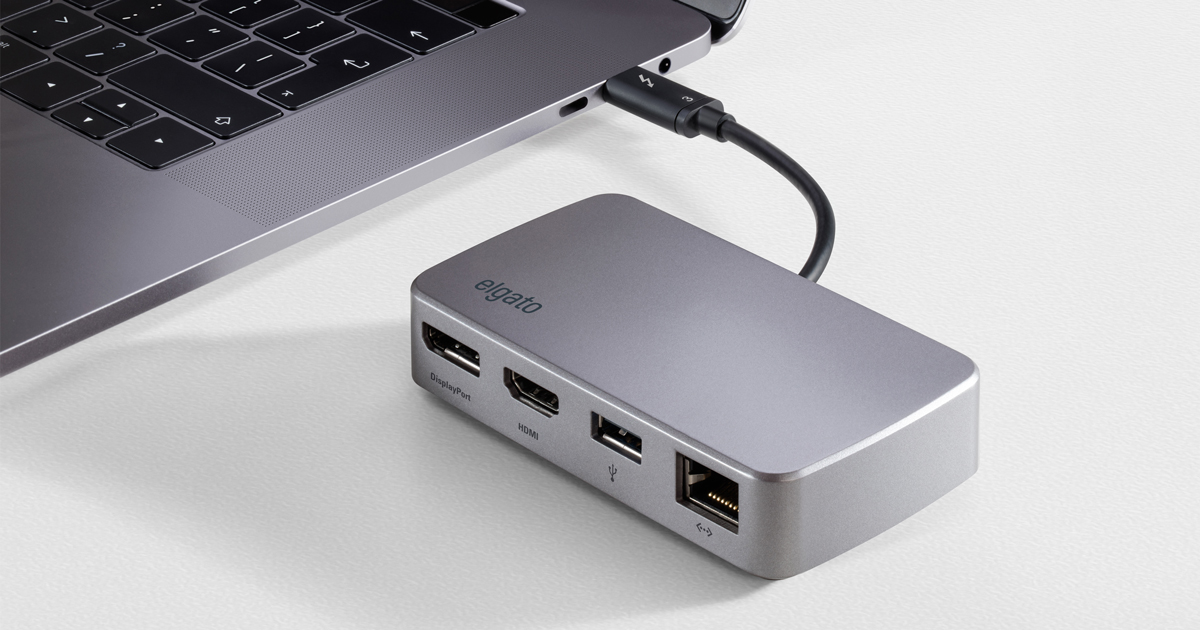Thunderbolt 3 vs USB-C: what's the difference?
They both do the same thing, but Thunderbolt is a little more juiced-up.

Ports: There sure are a lot of them, and the differences between them can be confusing. Thunderbolt 3 can now do everything USB-C can and more, and even looks like a USB-C, since they have the same port shape. But they aren't the same—you can't connect a USB-C cable to a Thunderbolt 3 port, or vice versa.
This brief breakdown of the differences between Thunderbolt 3 vs USB-C should help clear things up, so that you know what you're getting when reading spec sheets. In short, Thunderbolt 3 ports are much more powerful and versatile, but require more expensive cables.
USB-C
There are several USB types and versions, but without getting into the specifics of their slightly confusing naming schemes, let's just focus on USB-C. It's been around since 2015 and has since become a connection standard in smart phones and even in PC desktop cases and gaming laptops. Its port shape is the most noticeable difference between the previous B and A versions; it's a 24-pin doubled sided connector, so there's no guessing which side needs to be facing up to plug it in.
USB-C ports are use by almost all devices that support USB 3.1 Gen 1 and USB 3.1 Gen 2, so many modern PC desktops and laptops now have these ports on their I/O panels. Also, USB-C ports deliver power outputs of 100 watts at 20 volts and speeds of 10Gbps, and can charge large and small electronic devices in a relativity short period of time. Also, it can only present on one 4K display at a time.
Unlike Thunderbolt 3, USB-C requires a DAC to output audio, or a USB Type-C to HDMI cable, also known as HDMI Alt Mode—although Intel was at one point working on a USB audio standard that could have made the 3.5mm audio jack obsolete, but it's not clear if they have abandoned that or not.

Thunderbolt 3
Thunderbolt 3 is currently the most up-to-date version of this connection type, having first been introduced into the tech-space in 2015, the same time as USB-C. Data can travel across Thunderbolt 3 at 40Gbps, which is twice as fast as the Thunderbolt 2 connection and four times as fast as a USB-C connection across USB 3.1—as long as the cable is 1.6-feet or shorter. Anything longer and that speed drops down to 20Gbps, but there are active cables that retain the top speed, but cost a lot more.
Like a USB-C connection, it can charge devices and allows data transfer, but a Thunderbolt 3 connection can present video content on up to two 4K displays or one 5K display at 60Hz and provide a signal boost for VR headsets. Additionally, Thunderbolt 3 is also capable of audio output. All around, it has greater performance when it comes to video and audio output, and data transfer, than a USB-C.
Keep up to date with the most important stories and the best deals, as picked by the PC Gamer team.
Think of it as DisplayPort, PCIe 3rd-gen, and USB 3.1 all rolled into one connection. But since Thunderbolt 3 uses discrete Thunderbolt chips to operate, their cables will not work if you plug them into a USB-C port, even though they are the same shape.
But that's not all—Thunderbolt connections also come as docking stations that allow you to easily plug in peripherals or connect an Ethernet cable. Elgato has a few of these, along with other manufactures.


